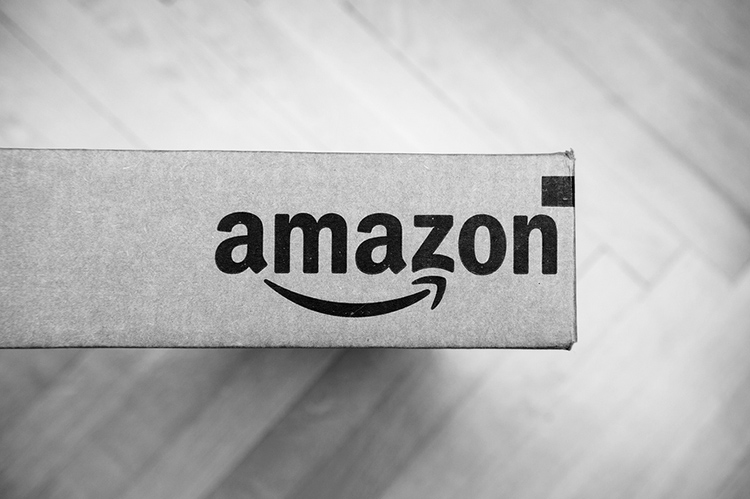The December 2017 arrival of Amazon in Australia may spell doom for retail businesses who don’t adapt, however there are opportunities for those who do.
Strong legacy retail businesses are already struggling with the significant shift in Australia’s retail landscape that has occurred over the last few years, according to retail expert and managing director of Manly-based Retail Doctor Group, Brian Walker.
He predicts the rapid change will continue.
“In Australia we have just seen the start. It is very early days and it’s just the beginning compared to what it will be in 3 to 5 years’ time,” Mr Walker said.
“In the US, online accounts for around 8 per cent of total retail sales and close to 50 per cent of those online sales are with Amazon.”
Mr Walker said online in Australia also accounts for around 8 per cent of our $300 billion retail market, but is growing at double-digit rates. Physical retail is only growing at 2 or 3 per cent.
He added that before Amazon launched locally, Australians were already spending around $1 billion a year through its American site.
However that figure is now expected to grow rapidly.
“We predict that in five years Amazon in Australia will turnover somewhere between 3 and 4 per cent of overall retail sales – around $9-12 billion. That’s my conservative estimate,” he said.
“For this to occur Amazon would need to bring their complete ecosystem, building a data-based community across retail, AI, data web services and delivery systems.”
Not all bad: How local retailers can compete?
It is not all doom and gloom for local retailers according to Mr Walker, who says the changing retail landscape does offer opportunities for businesses – small and large – but that they must adapt.
“Aussie retailers should be focusing on end-to-end delivery, fulfilment, community, data and service,” he says.
A retailer’s physical presence should also be immersive and provide customers with a memorable experience.
“Have a clear point of difference and make it all about the customer,” he says, adding that businesses should also work hard on building their own loyalty databases.
He suggests collaborating with Amazon is also an option, leveraging its technology and reach.
“Either compete or collaborate or do a mix of both,” he says, giving the example of a Manly-based bike retailer who encourages customers to purchase bike parts on Amazon which they then fit for a fee.
“That is an example of adapting. And then future bike sales are predicated on relationships, high expertise and high touch, which Amazon can’t compete with.”
Amazon must also cater for Australia’s geography, which makes shipping more challenging, according to Mr Walker.
“We also have some of highest wages and rental costs in the world.”
“These economics and practicalities have been managed well by many Australia retailers and Amazon have all that still to deal with.”
All About Amazon:
With US$170 billion annual sales and $500 billion in market capitalisation, Amazon is one of the five largest companies in the world, sitting alongside Apple, Facebook, Google and Yahoo.
These are all data companies, yet Amazon is the first global data player that focuses on retail, Mr Walker says, adding that they will use that data to change peoples’ lives.
“When you come into the Amazon community – Amazon Prime, Alexa [ai], Amazon Go, Amazon Fresh and so forth – and buy products through their marketplace your movements will be tracked and traced. Then, using data modelling they will deliver predictive offers and information.”
Whether or not you see this as further erosion of privacy that digital technology has brought, Amazon’s arrival is driving a new wave of customer service in Australian retail.
“You have to say that’s beneficial for consumers,” Mr Walker says.






